We may earn money or products from the companies mentioned in this post. This means if you click on the link and purchase the item, I will receive a small commission at no extra cost to you ... you're just helping re-supply our family's travel fund.
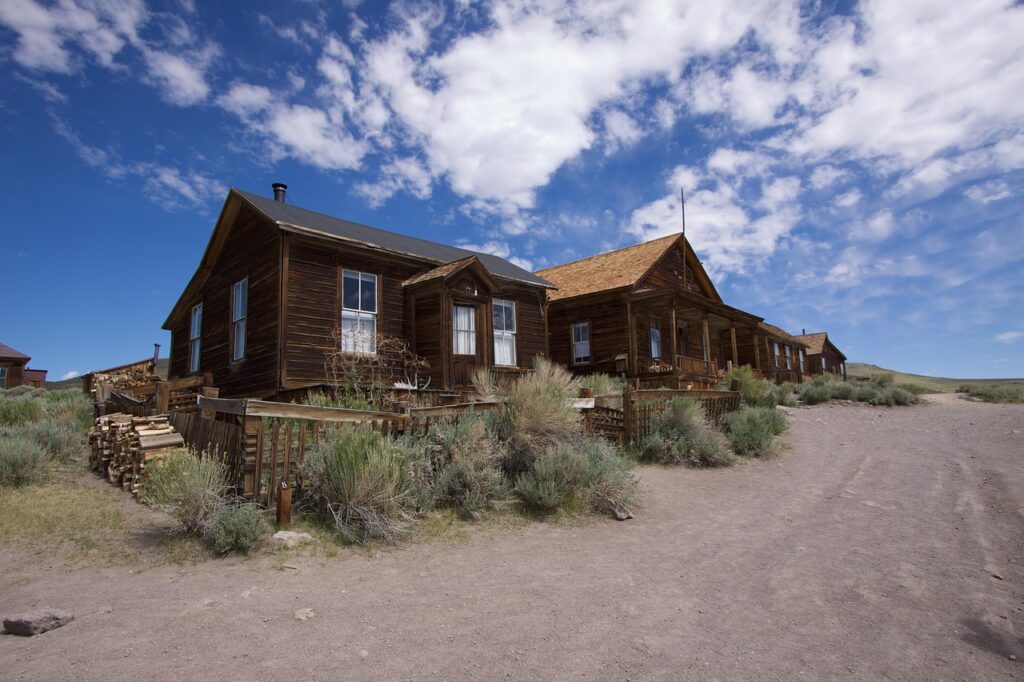
Ever dreamt of peeling back the past in places where fortunes once flickered and faded? Gold rush towns offer that thrill—a stage set for chasing luck and witnessing stories of hope and heartbreak. These lightly trodden destinations are rich in silence and atmosphere, calling for travelers curious enough to slow down and listen. Step inside these twelve forgotten towns where the spirit of boom and bust quietly lingers in the walls and underfoot.
1. Bodie, California
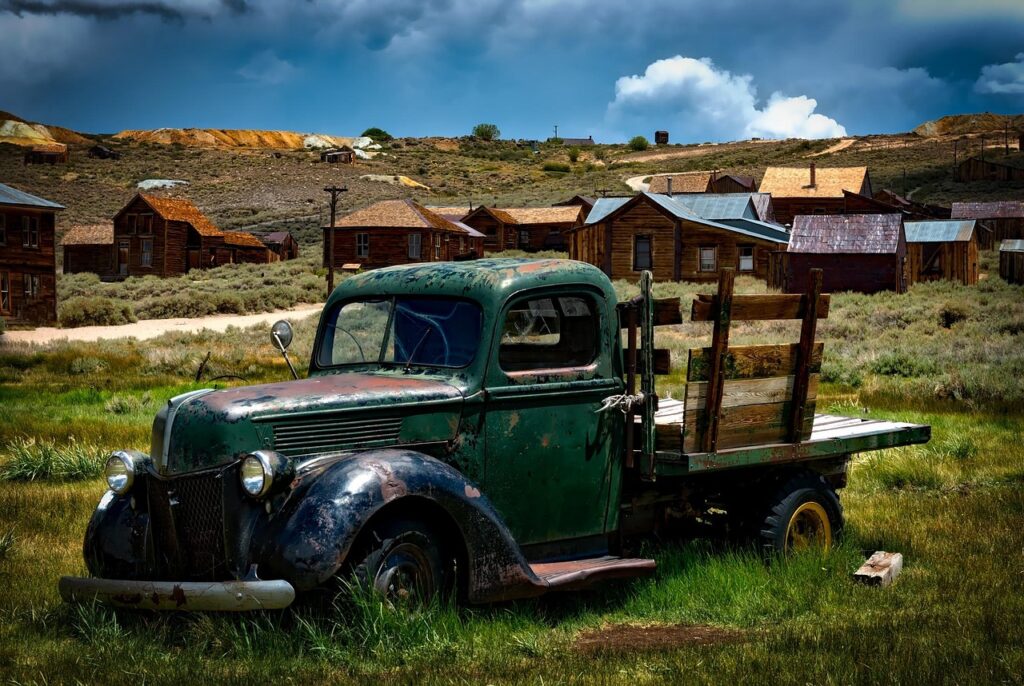
Bodie isn’t just another ghost town—it’s a frozen slice of Western lore. Wander past sun-bleached storefronts, peek through cracked glass at schoolbooks still on desks, and sense the stories that hang in the dry air. What’s wild is that everything was left just as it was when Bodie’s fortunes ran dry. It’s not curated or polished for crowds; it’s hush and dust, memories in every buckle and rusty can. Mist in the mornings only makes it more haunting.
2. Bannack, Montana
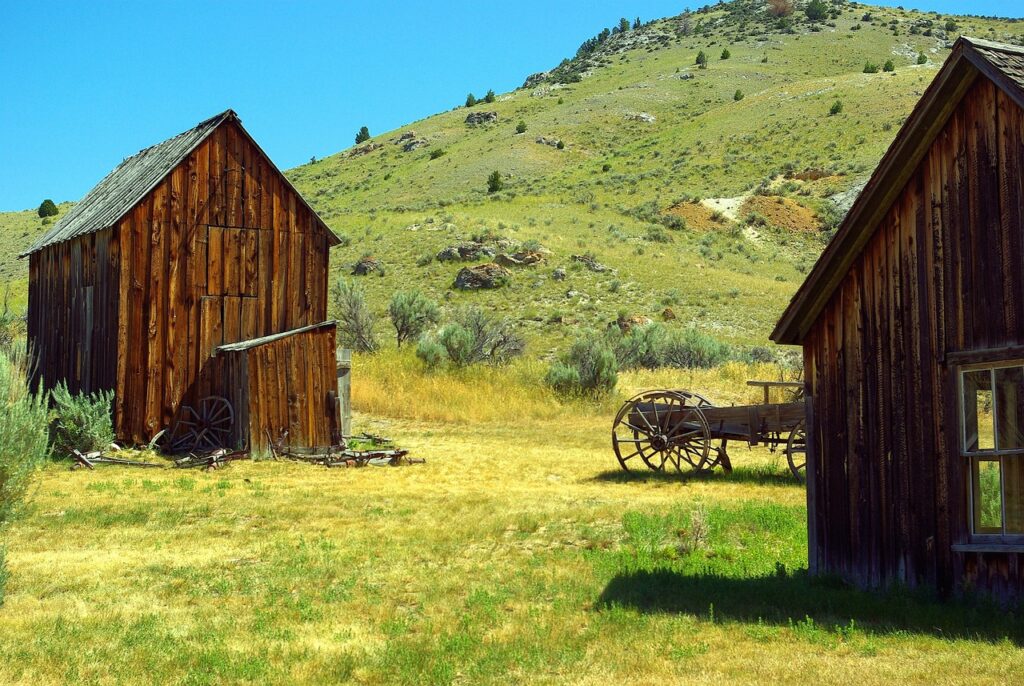
You get a sense here that gold was found in the river only yesterday. Bannack, with its wooden boardwalks and creaking hotel, was Montana’s first big boom. Almost sixty original buildings line the silent main street, from the old jailhouse to the tall, stately Masonic Lodge. Instead of plastic souvenirs, you get wind in the pines and the feeling that miners, lawmen, and children stepped out just minutes ago. The past isn’t gone here—it’s just quiet.
3. Coloma, California
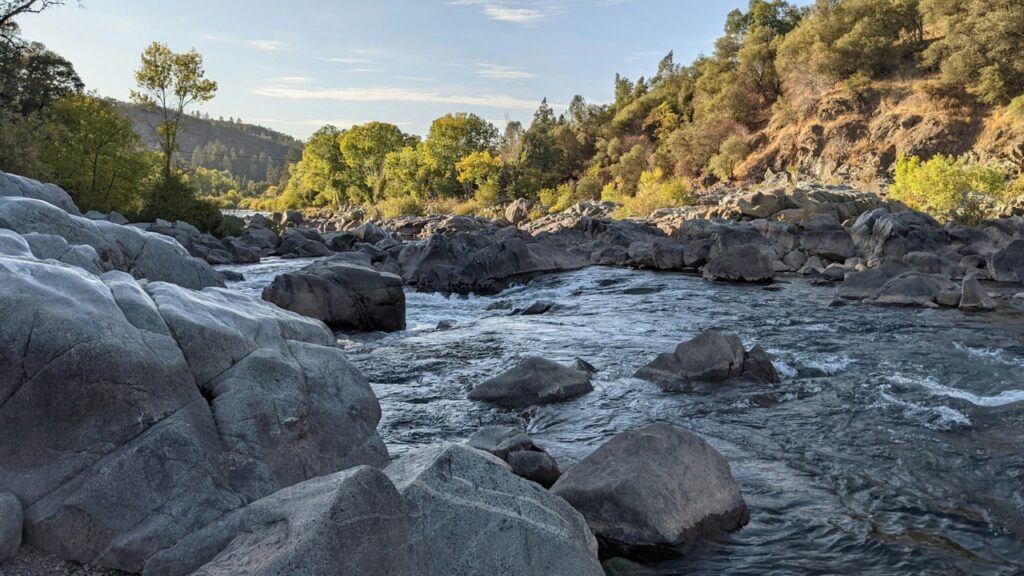
Coloma gave birth to the California Gold Rush thanks to a lucky find at Sutter’s Mill, yet most tourists whiz by on the way to wine country or Lake Tahoe. The state historic park holds gold-era cabins, mining relics, and the river that changed thousands of lives. If you wander the trails in the early morning, you’ll spot deer grazing between forgotten orchards. There’s a humility to Coloma that makes its small museums and leafy yards feel truly alive.
4. Virginia City, Montana
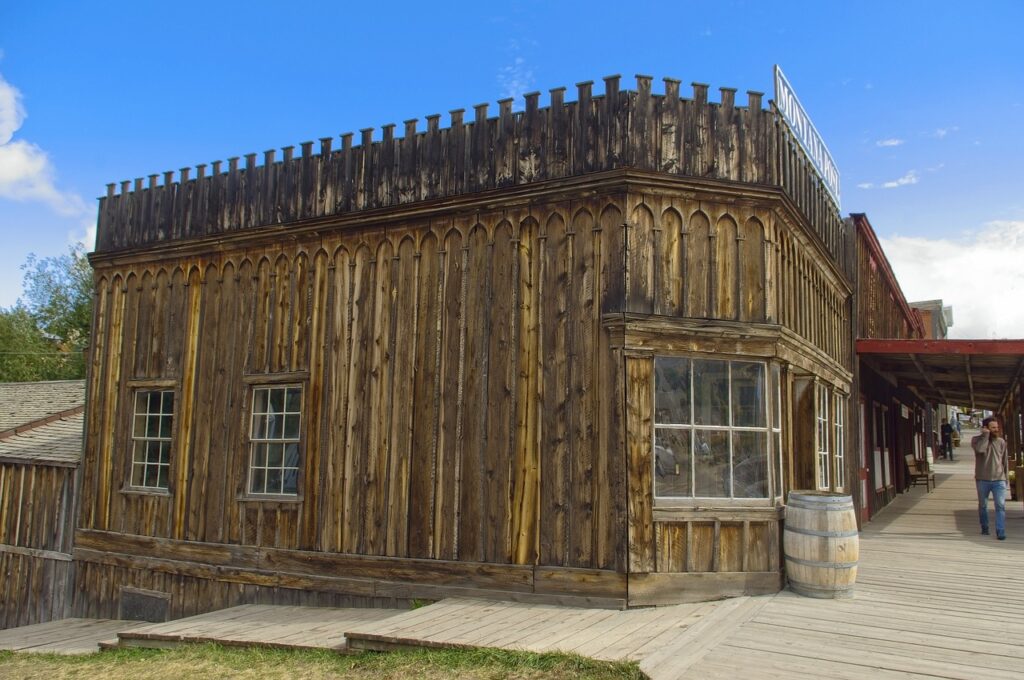
You can still hear the clatter of hooves on the main road, and if you linger at dusk, sometimes a piano plays from an upstairs window. Virginia City is all time warp: old saloons with scarred floors, weathered wooden porches, and faded dance halls. It was once a haven for risk-takers and renegades. These days you can ride a restored stagecoach or take in a vaudeville show, feeling the town’s rowdy, gold-mad spirit all around you.
5. Ballarat, Australia
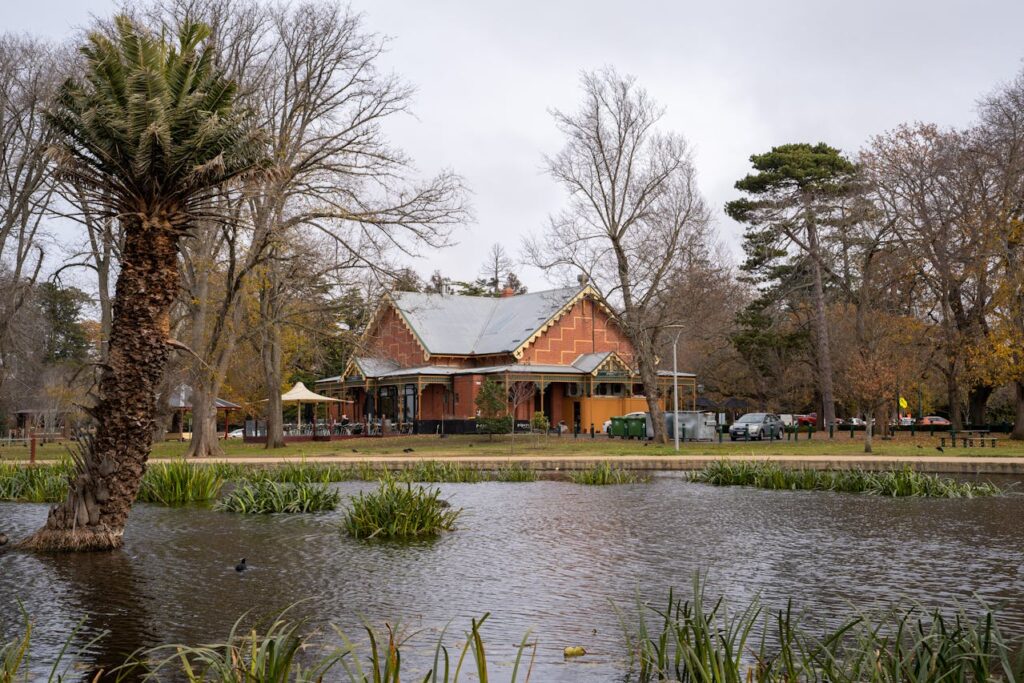
Ballarat prospered with the gold that poured from its soil, financing grand stone buildings that wouldn’t look out of place in Victorian London. Nowadays, while some tourists visit, international travelers often skip it. Walk the leafy avenues and hear echoes of rebellion, especially at Eureka Centre where the history of the gold miners’ fight for rights is recalled. Cafes operate in old banks and churches, letting you enjoy modern comforts steeped in old ambition.
6. Shasta, California
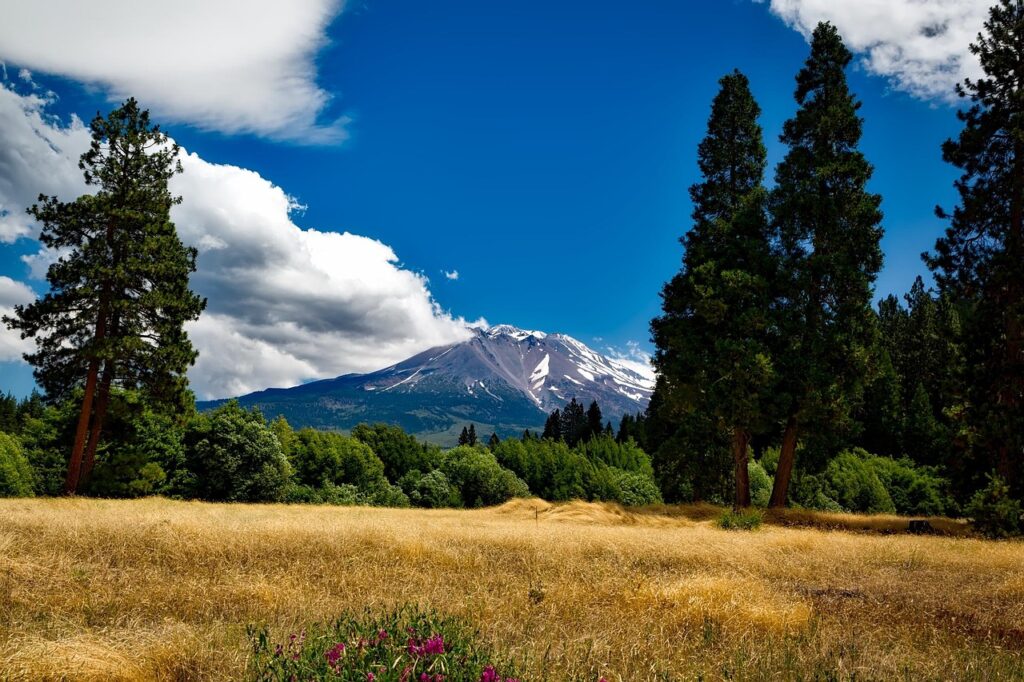
Back when pack trails were busy and fortunes were mule-packed down dusty lanes, Shasta was a supply hub for thousands bound for gold. Now, it’s known as “Old Shasta,” a scattering of brick ruins softened by wildflowers and golden light. You’ll find a museum in the old courthouse and the remains of hotels and shops slowly succumbing to nature. The romance lies in imagining what these echoey walls saw, even as most travelers keep driving by.
7. Leydsdorp, South Africa
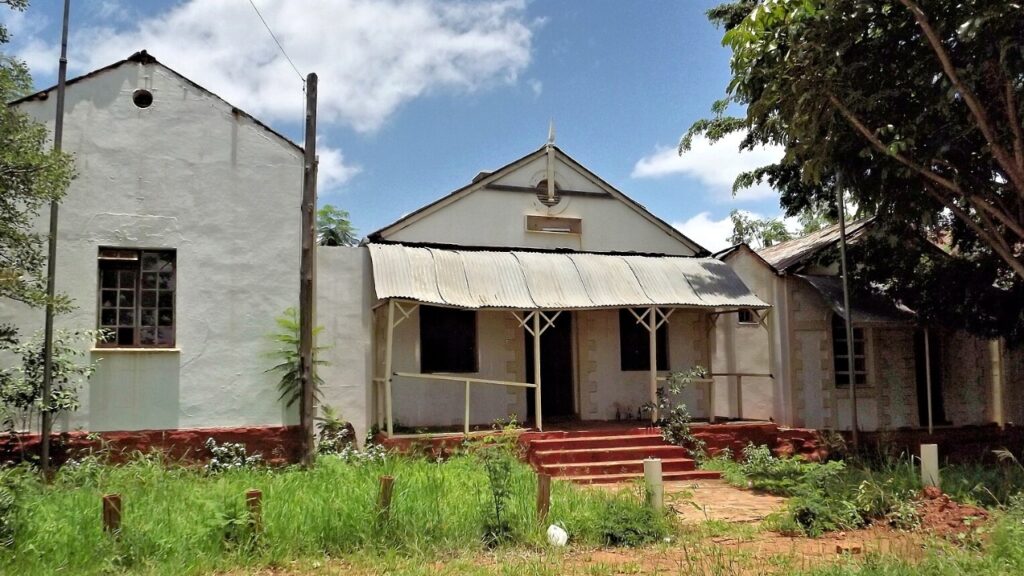
Leydsdorp may only be a blip on the map now, but once, hopeful miners crowded these streets. Today, grass grows where parades once marched. Visit the old courthouse and silent church framed by sun-faded acacia trees, and you’ll find more ghosts than people. The buildings are battered and low, giving off a mood of gentle collapse. Stay at dusk to feel how South Africa’s gold rush still resonates quietly in the red dust.
8. Nevada City, California
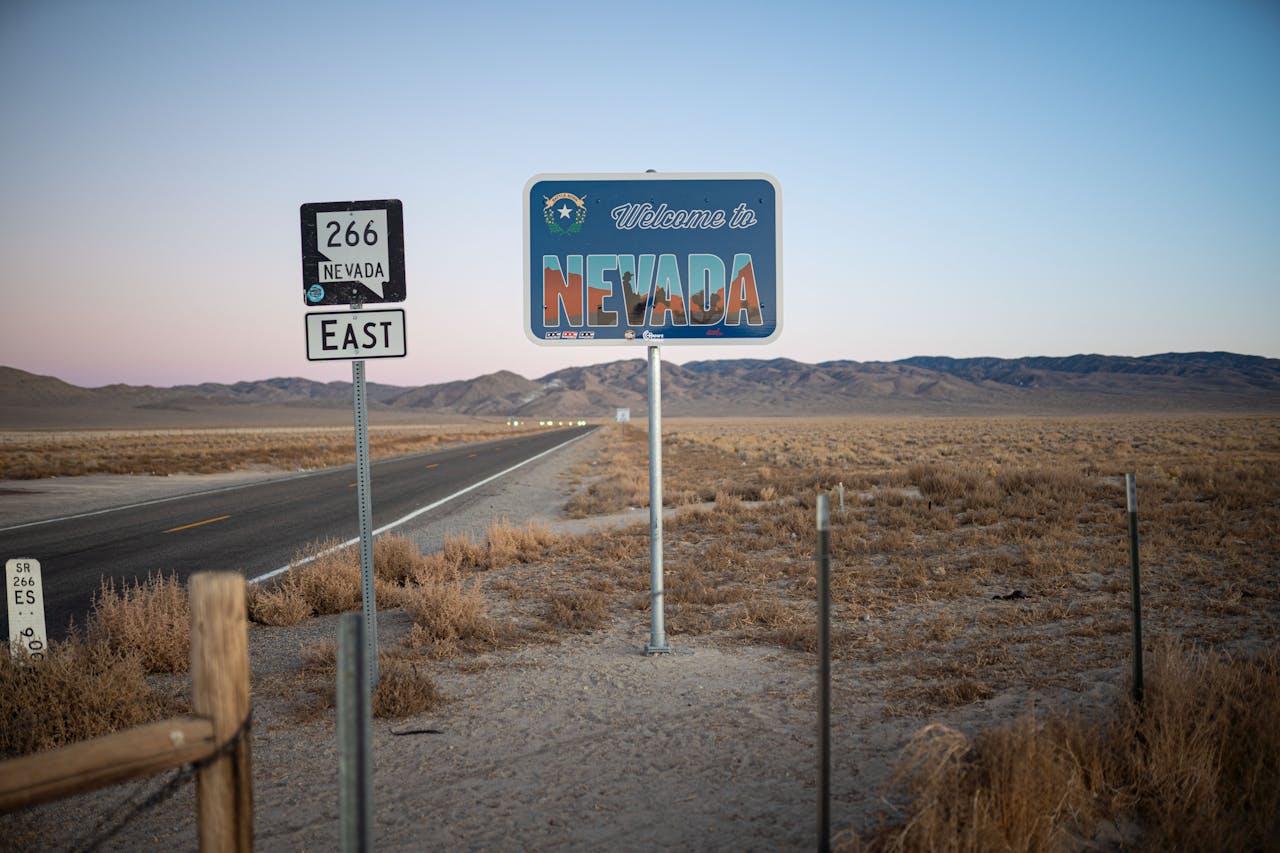
Tucked into the Sierra foothills, Nevada City glows with Victorian charm and mining history. Most travelers drive past, missing its eccentric shops and candlelit restaurants set inside old saloons. Festivals fill the town with color every season, yet on a weekday, you might have the centuries-old boardwalk to yourself. The original theatre hosts plays and music in the oldest structure of its kind in California; you leave knowing you witnessed something genuine.
9. Animas Forks, Colorado
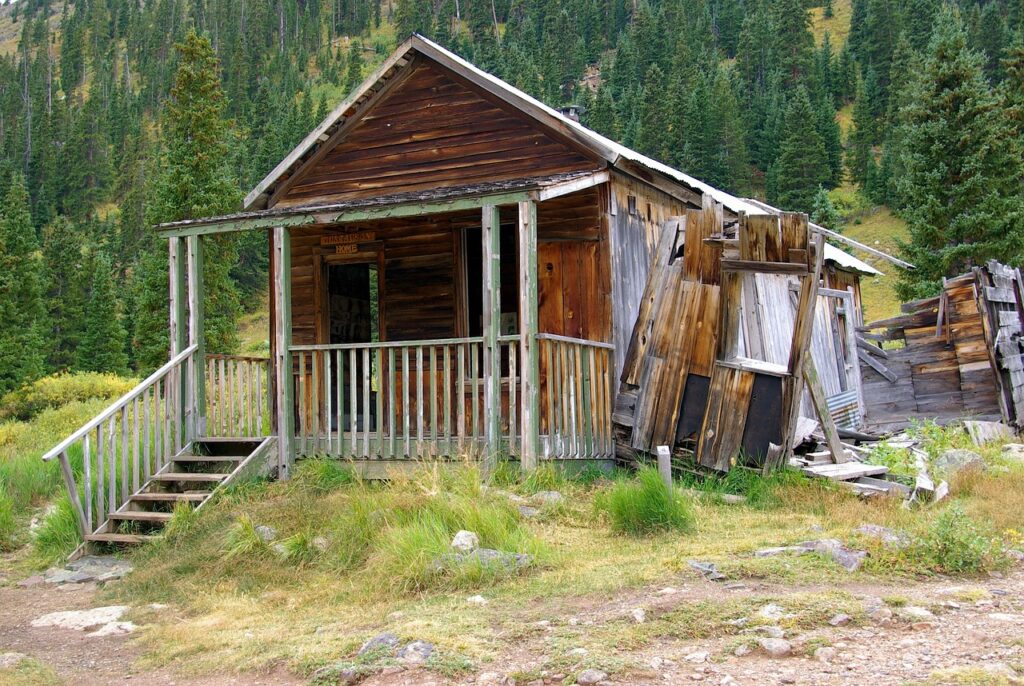
Reaching Animas Forks is a pilgrimage—rutted, winding roads reward the patient with sweeping mountain views and the bare skeletons of pioneer homes. The high country ghost town sits beneath snow-peaked ridges, its abandoned hotel and cabins slowly weathering in the thin air. Few make the trip, but those who do are treated to a profound quiet. The sense of isolation was real for its miners—and you’ll feel it, too, surrounded only by sky and wind.
10. Dawson City, Canada
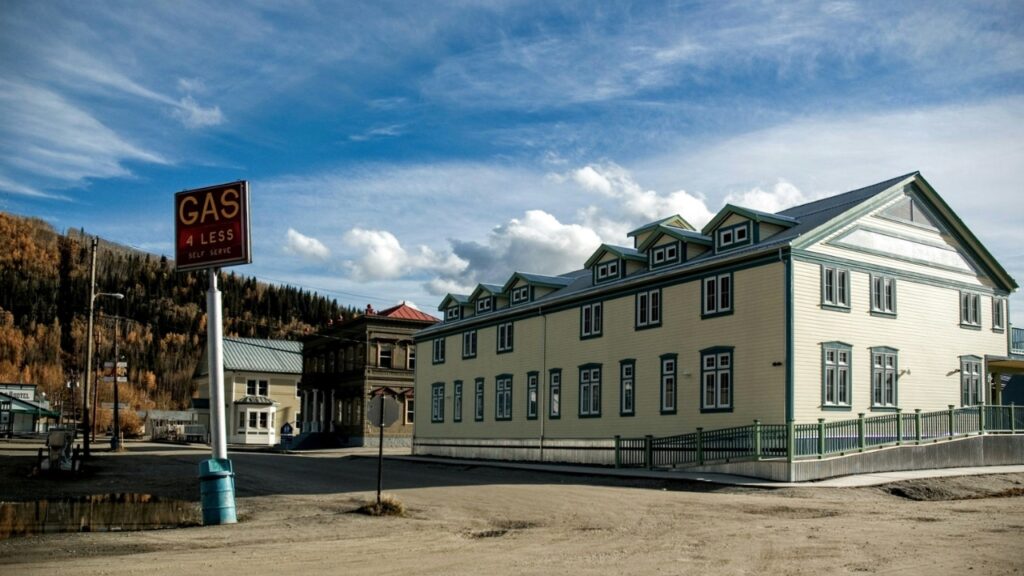
Along the curving Yukon River, Dawson City’s clapboard buildings and slanted boardwalks whisper tales of wild dreams that fueled the Klondike Gold Rush. Midnight sun bathes the town in gold nearly all night, further blurring time. While some crowds swing by in summer, most pass through without pausing to admire the saloon stages, weathered hotels, or crooked cemeteries. Walk after midnight, and it feels like the past is sliding up right beside you.
11. North Bloomfield, California
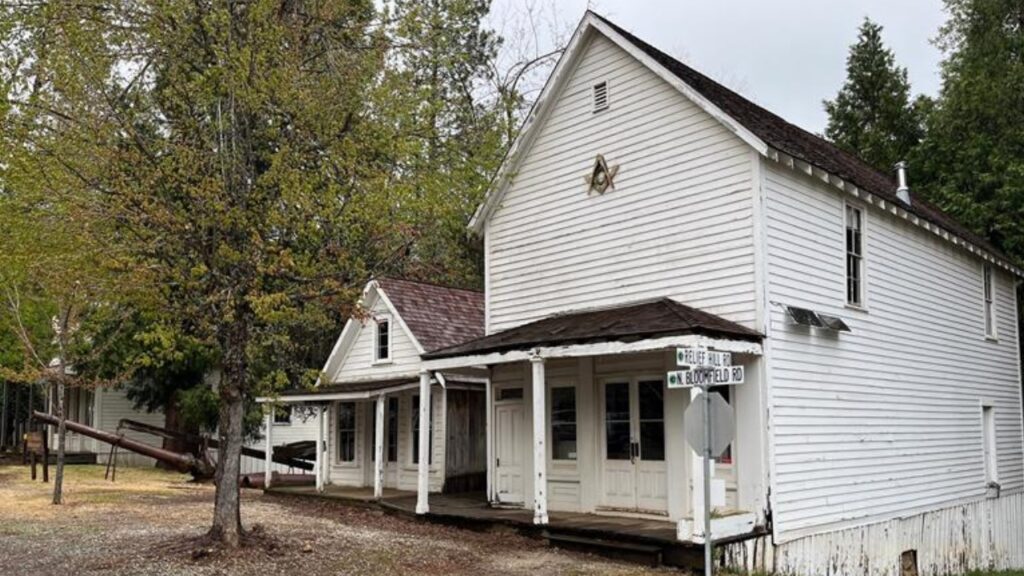
Hidden in the deep woods of Malakoff Diggins State Historic Park, North Bloomfield is the definition of forgotten. The dirt roads that wind here bring you to old clapboard buildings, a schoolhouse, and general store—remnants of the most massive hydraulic mining operations in the world. You’ll find only a handful of visitors, but plenty of corners to imagine how blasters and muddy boots gave this quiet forest its one-time heartbeat.
12. Independence, Colorado

At over 10,000 feet, Independence isn’t a place for the faint-hearted. The crumbling log cabins and ruined storefronts sit above Aspen, catching every wind off the Rockies. This was once a bustling mining center, but an extra-long winter drove nearly everyone away almost overnight. Now, you can walk sun-warmed paths where blizzards once trapped wagons, and look out over valleys that hum with the same solitude and hope that once filled every gold miner’s heart.